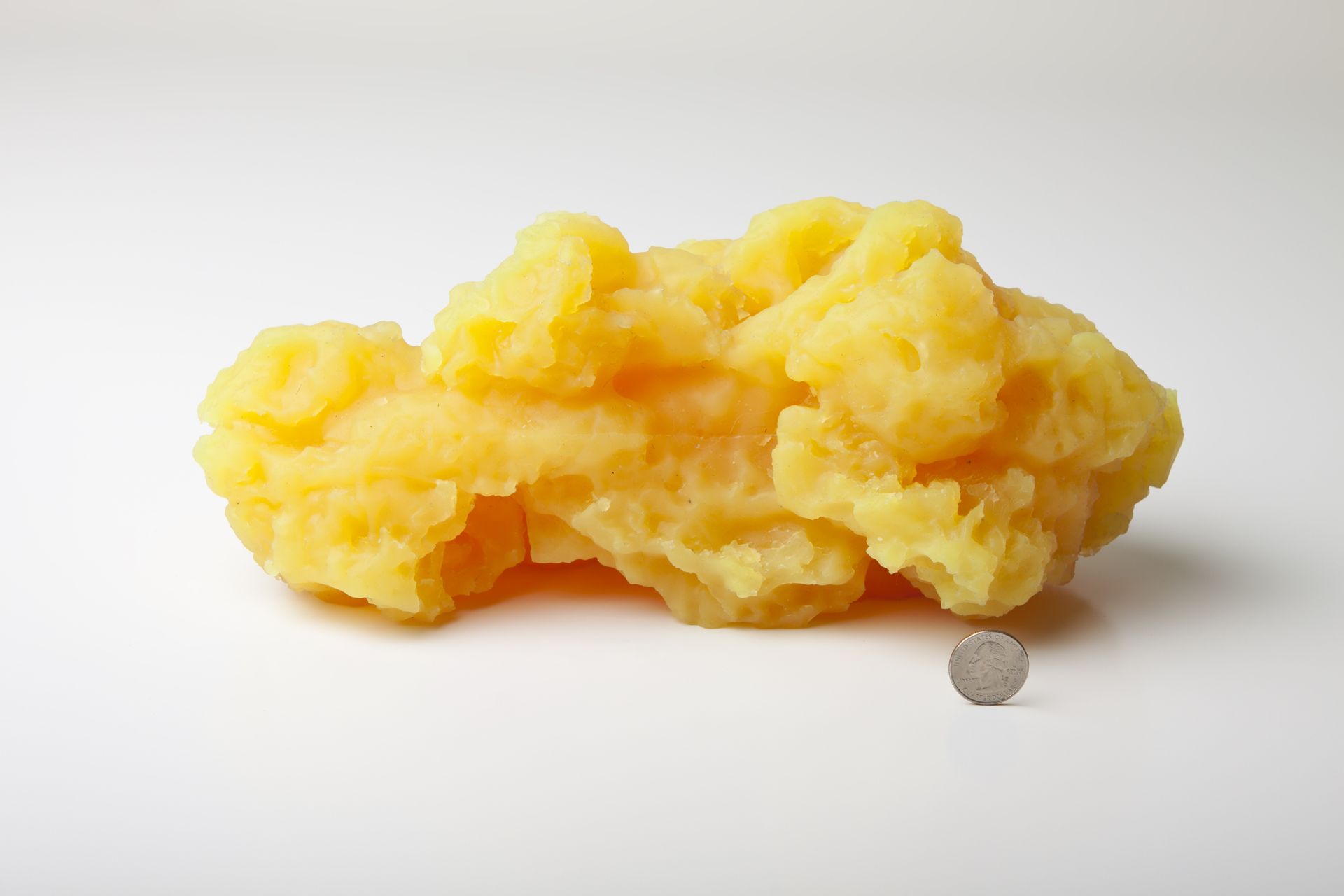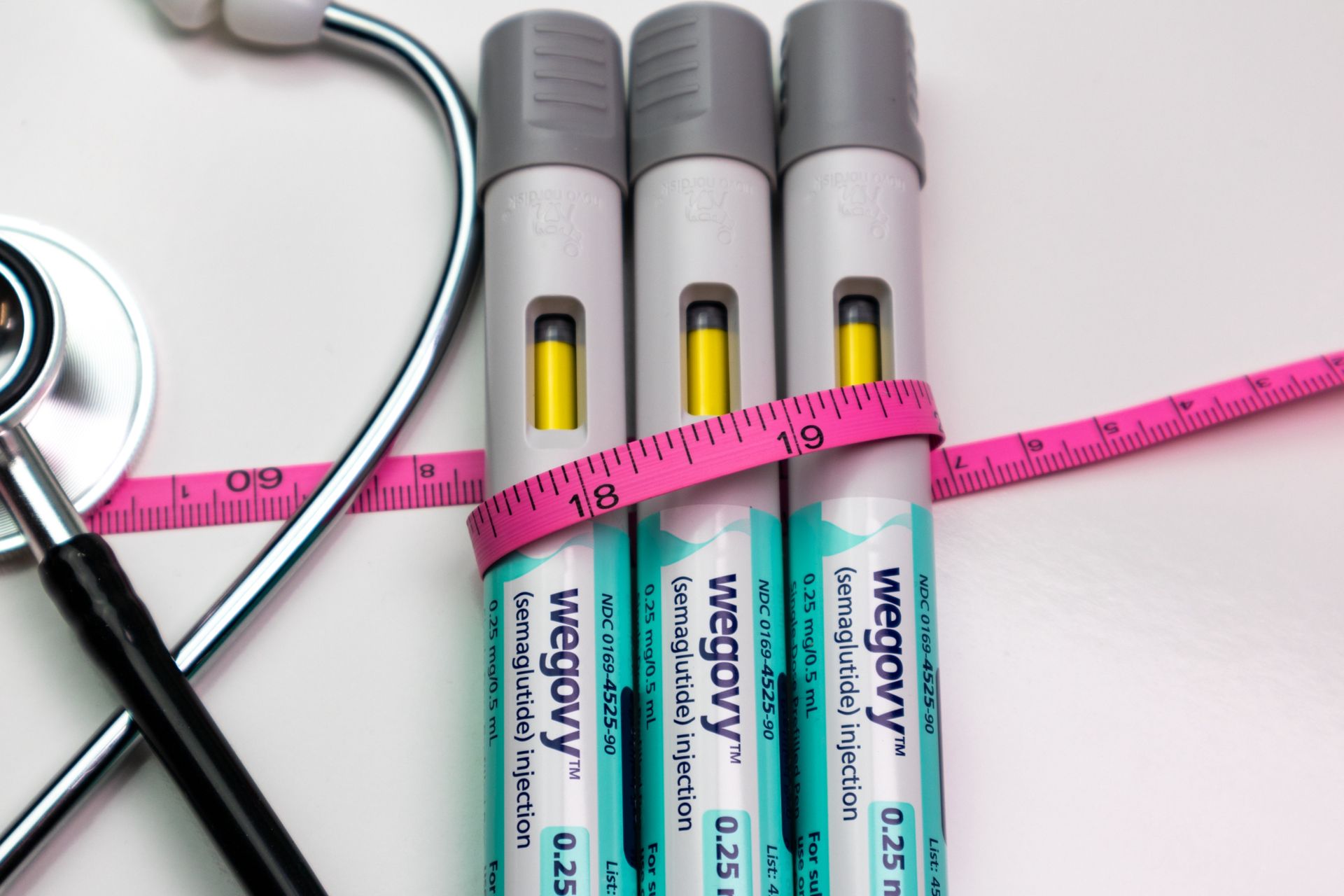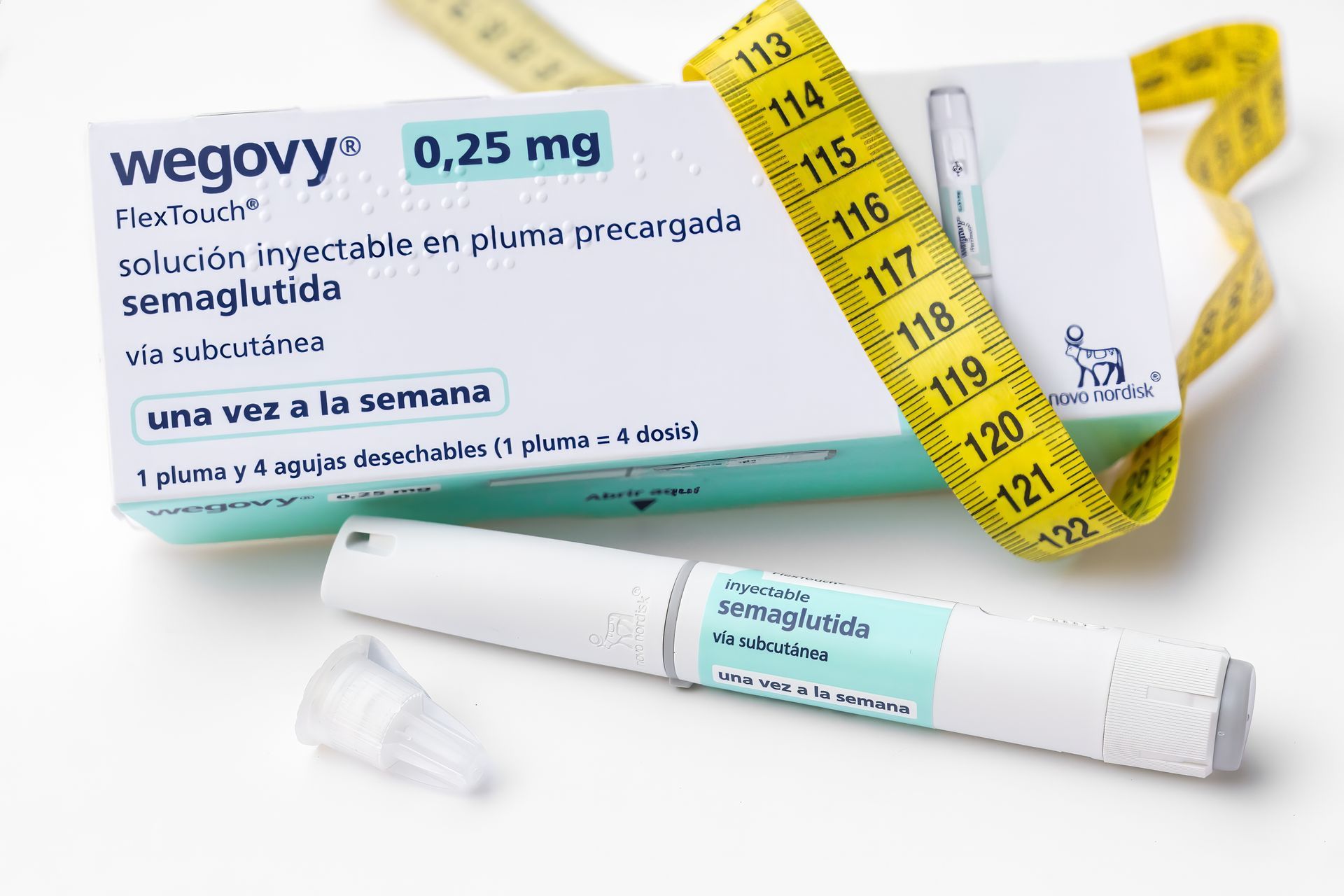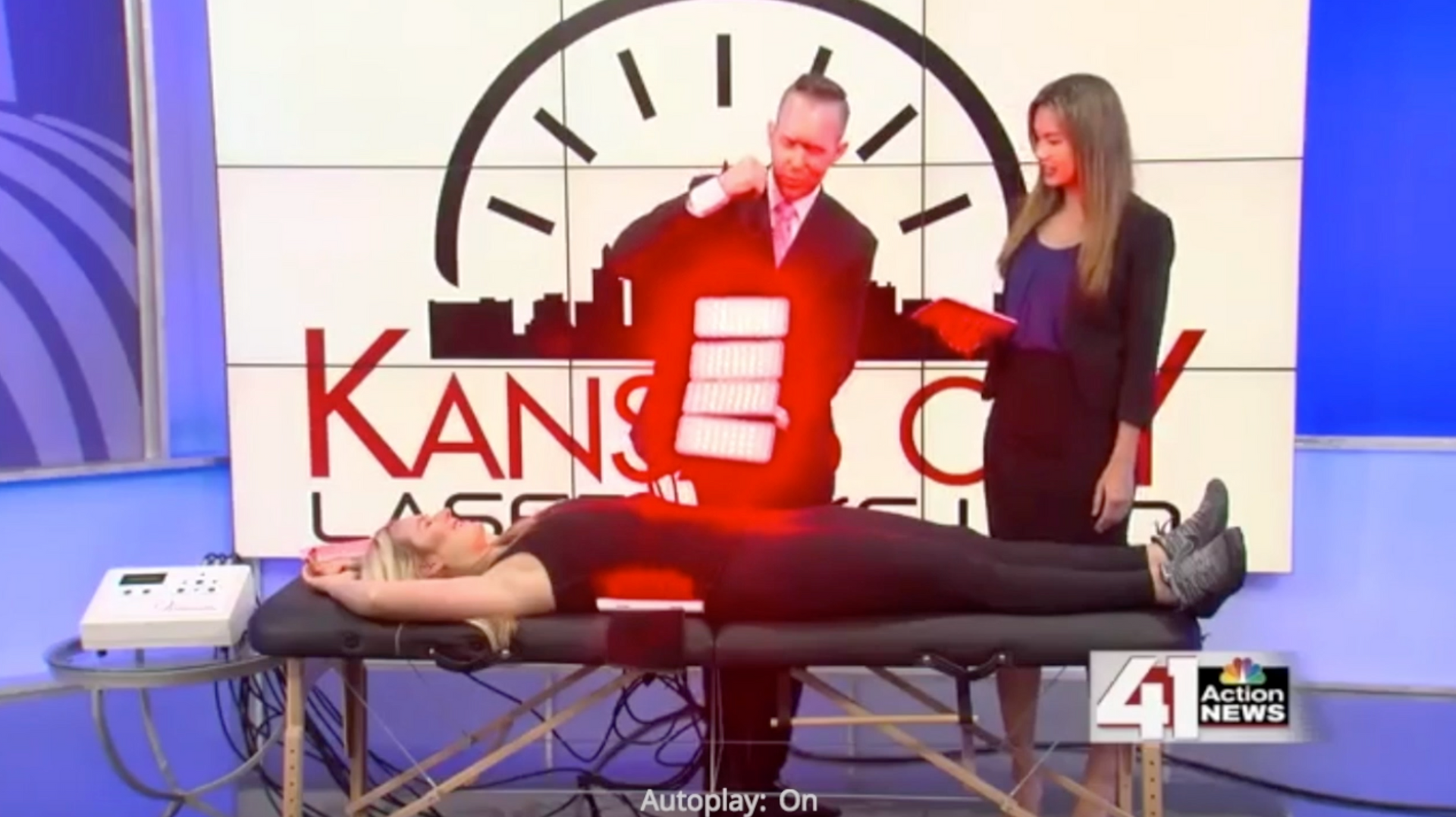Where Does the Fat Go When You Lose Weight? Unveiling the Secrets with KC Laser-Like Lipo™
Where Does the Fat Go When You Lose Weight? Unveiling the Secrets with KC Laser-Like Lipo™

Photo Credit: Shutterstock
The age-old question we all ponder upon as we diligently sweat it out at the gym or carefully measure our food portions is: Where does the fat go when we lose weight? While many of us conjure up vivid images of fat melting away like butter or evaporating into thin air, the real science behind fat loss is far more fascinating.
Whether you’re shedding pounds through a strict diet, a rigorous exercise regimen, or a state-of-the-art procedure like KC Laser-Like Lipo™, the mechanism of fat break-down remains consistent. And today, we are diving deep into this intriguing process, supported by insights from a notable study published in the British Medical Journal.
Understanding Fat Cells: Storage Units of Energy
To truly understand where fat goes, we need to begin with what fat actually is. Fat, stored in cells called adipocytes, primarily acts as an energy reservoir for our body. Each fat cell is like a tiny, balloon-like storage unit that fills up or empties out, depending on how much energy we're consuming versus expending.
The Biochemistry of Fat Loss
When you eat fewer calories than your body needs, or burn more through activities or treatments like KC Laser-Like Lipo™, your body starts breaking down these stored triglycerides to use as fuel. This process is called lipolysis.
Now, here’s where things get interesting. The components of a triglyceride molecule include three fatty acid chains and one glycerol molecule. When your body taps into stored fat for energy, enzymes break down triglycerides into these component parts.
But these broken-down molecules don’t just vanish; they undergo further metabolic processes. Through a series of complex reactions, fatty acids are converted into carbon dioxide (CO2) and water (H2O).
The Revelations from the British Medical Journal
The British Medical Journal’s research provides some eye-opening clarifications on the fat loss puzzle. According to this study, when 10 kilograms of fat is oxidized, 8.4 kilograms are excreted as CO2 through the lungs (84%), and the remaining 1.6 kilograms turn into water (16%).
In simpler terms, we breathe out most of our lost fat!
This realization might be a bit of a shocker. While we often attribute sweat, tears, and other bodily fluids to weight loss, the majority of fat is exhaled as carbon dioxide. So, the next time you're out for a run, remember that with every breath, you're literally puffing away some of that stubborn fat.
KC Laser-Like Lipo™: Accelerating the Process
KC Laser-Like Lipo™ serves as a catalyst in the fat reduction process. This non-invasive procedure utilizes the power of laser energy to target and disrupt fat cells, making them more accessible to the body’s natural metabolic processes. While the mechanism of breaking down fat remains unchanged, this treatment essentially makes the stored fat more “available” for the body to use as an energy source.
Once the procedure has made the fat cells more permeable, the process we discussed earlier—lipolysis, and the conversion of fat into carbon dioxide and water—takes over.
A Balanced Perspective on Fat Loss
It's essential to note that while we've unraveled the mechanism of fat loss, the journey to healthy weight management is multifaceted. It involves a balanced diet, regular physical activity, and mental well-being. Innovations like KC Laser-Like Lipo™ provide a boost, especially for those who struggle with stubborn pockets of fat. However, they are most effective when combined with a holistic approach to health.
The Final Exhale
To circle back to our initial question—where does the fat go? We breathe most of it out, and the rest is converted to water, which is then excreted from our body. The journey of fat from a dense storage form to a gaseous molecule we exhale is not just a metabolic marvel but also a testament to the human body's incredible efficiency and design.
Losing weight and understanding the science behind it might seem overwhelming at first. Still, with the right knowledge, tools, and methods like KC Laser-Like Lipo™, the path becomes clearer. Always remember, every breath you take is a step closer to your weight loss goals, and every step you take in understanding the process empowers you to make better choices for your health.
*Disclaimer: Always seek the advice of a healthcare provider or professional before making decisions about your health or undergoing new treatments.*











Share On: